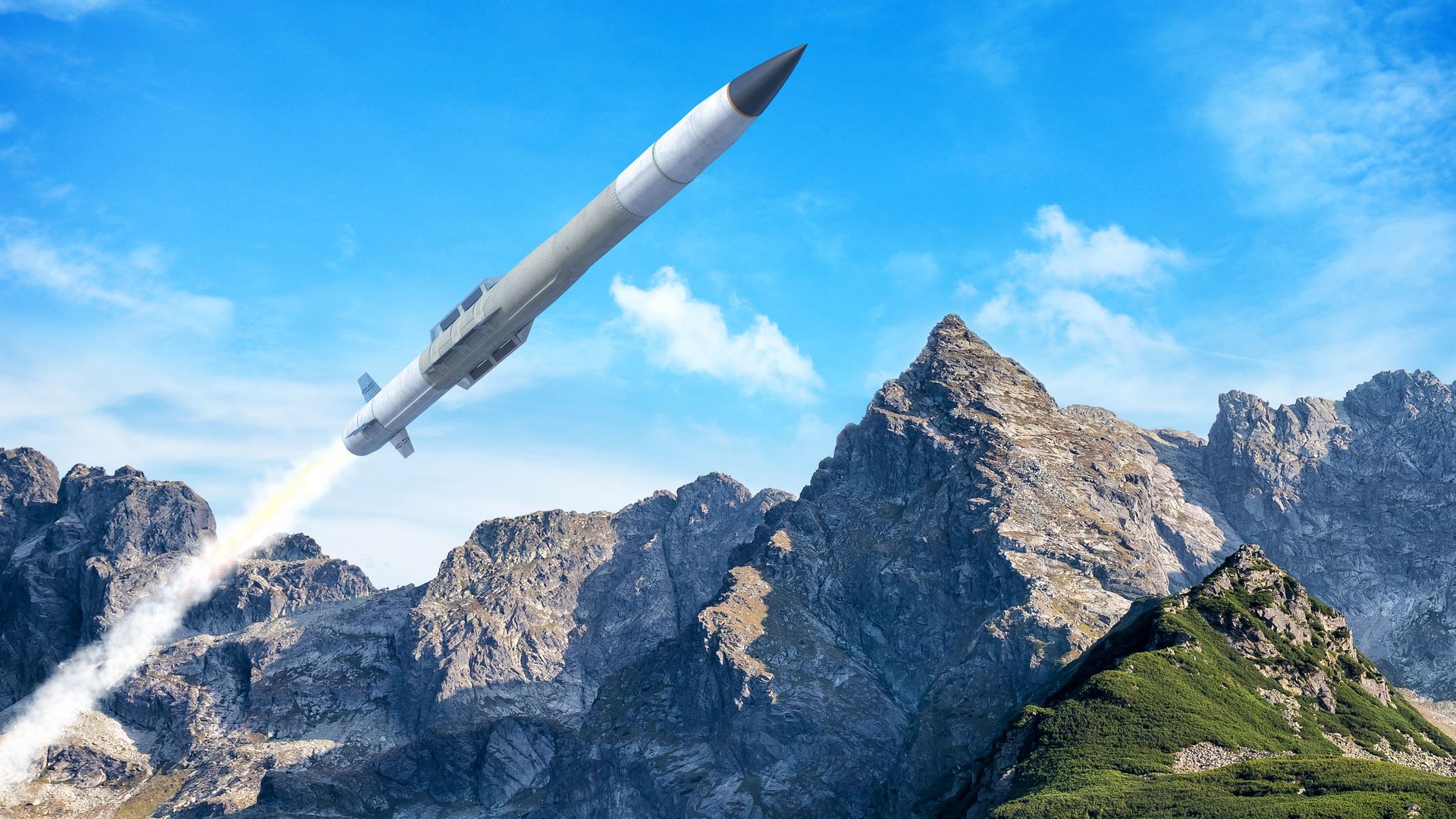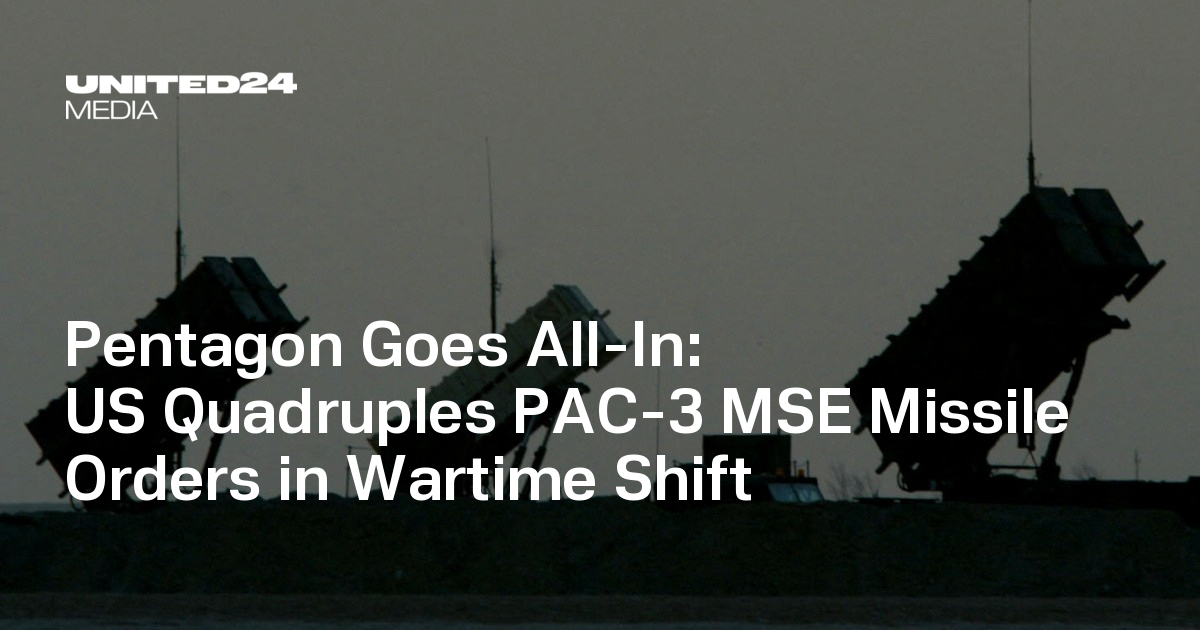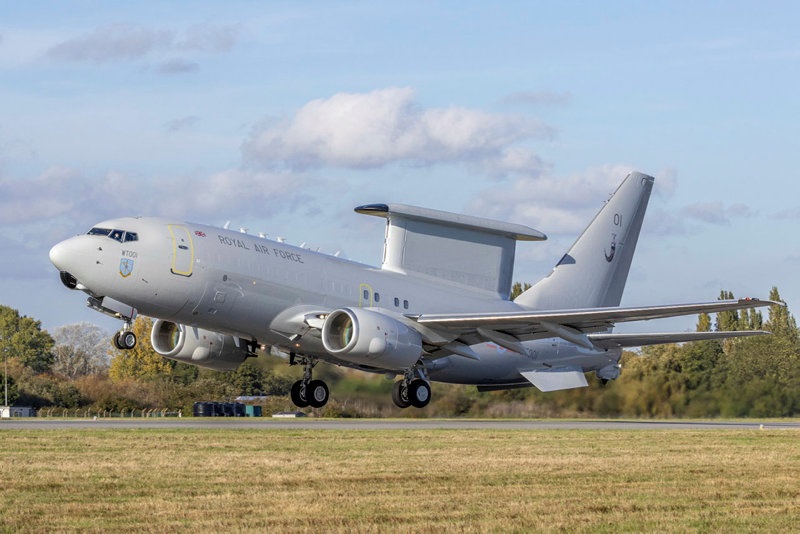"You could never have enough": Militaries scramble for air defense interceptors

Image: Courtesy of Lockheed Martin

Patriot Missile Procurement Surge Fuels Defense Contractor Growth: Why Lockheed Martin and L3Harris Are Strategic Plays for 2025 and Beyond
The escalating geopolitical tensions in Eastern Europe, the Indo-Pacific, and the Middle East have thrust missile defense systems into the spotlight. Nowhere is this more evident than in the U.S. Army's aggressive procurement of the Patriot Missile System, a cornerstone of modern air and missile defense. With a $4.5 billion multiyear contract awarded to Lockheed Martin in 2025 for its PAC-3 Missile Segment Enhancement (MSE), and L3Harris Technologies securing critical supporting roles in testing and communications infrastructure, both companies are poised to capitalize on a global defense spending boom. For investors seeking stability in volatile markets, these defense giants present compelling opportunities.
A Geopolitical Catalyst for Growth
The U.S. military's emphasis on missile defense is driven by escalating threats from Russia, China, and non-state actors. The PAC-3/MSE, with its “hit-to-kill” technology, is uniquely positioned to counter short- and medium-range ballistic missiles—a critical capability as adversaries expand their arsenals. The Army's multiyear procurement strategy, which secures 870 PAC-3/MSE missiles through 2025, not only stabilizes Lockheed's production lines but also locks in cost savings for taxpayers.
Ask Aime: What's the impact on Lockheed Martin's stock as the U.S. Army bolsters missile defense?
Lockheed Martin: The Prime Contractor with a Backlog of Opportunities
Lockheed Martin's role as the prime contractor for the Patriot system positions it as the primary beneficiary of this procurement surge. The PAC-3/MSE's proven effectiveness—demonstrated in exercises and real-world scenarios like Ukraine's defense—is fueling international demand. Germany, Japan, and Saudi Arabia are all expanding their missile defense capabilities, creating a pipeline of potential foreign military sales (FMS).
While Lockheed's valuation may seem high relative to peers, its dominance in missile defense, combined with a diversified portfolio spanning space systems and hypersonic technologies, justifies its premium. The PAC-3/MSE's multiyear contracts also provide a steady revenue stream, reducing earnings volatility—a key consideration for defensive investors.
L3Harris: The Unsung Partner Powering Missile Defense Ecosystems
While L3Harris isn't a direct Patriot missile producer, its role in enabling the system's effectiveness is indispensable. The company's $28.4 million Commercial Broadband Satellite Program (CBSP) contract supports critical communication networks, ensuring seamless coordination between Patriot batteries and command centers. Additionally, L3Harris's production of Medium-Range Ballistic Missile (MRBM) targets—used to test Patriot's reliability against realistic threats—bolsters its strategic value.
The firm's $125 million expansion of its Fort Wayne, Indiana, facility to produce 48 defense payloads annually underscores its commitment to scaling up for rising demand. These payloads include components for the Missile Defense Agency's Hypersonic and Boost-Tracking Space Sensor (HBTSS) program, a key element of the U.S.'s layered IAMD architecture.
L3Harris's stock trades at a lower P/E ratio than Lockheed, offering a more accessible entry point. Its focus on testing infrastructure and satellite systems—critical for modern missile defense—also shields it from direct competition in the missile manufacturing space, reducing execution risks.
Industry Tailwinds: A Decade of Growth Ahead
Global defense spending is projected to exceed $2.3 trillion by 2030, with missile defense systems accounting for a growing share. The U.S. Army's Integrated Air and Missile Defense (IAMD) initiative, which seeks to unify radar, interceptor, and command systems, will require sustained investment in both hardware and testing. Lockheed's PAC-3/MSE is central to this vision, while L3Harris's target vehicles and satellite systems are enabling its realization.
Risks and Considerations
- Geopolitical Volatility: A sudden de-escalation of conflicts could reduce urgency for missile defense spending.
- Budget Constraints: Federal spending caps or defense cuts could delay contracts.
- Execution Risks: Complex programs like HBTSS require flawless execution to avoid cost overruns.
However, the current trajectory—driven by bipartisan support for national security and the urgency of countering hypersonic threats—suggests these risks are manageable.
Investment Thesis: A Defensive Play with Upside
For investors seeking stability amid global uncertainty, Lockheed Martin and L3Harris offer compelling risk/reward profiles:
- Lockheed Martin (LMT): A “buy” for its dominance in missile defense and diversified earnings. Target price: $450–$500/share.
- L3Harris (LHX): A “strong buy” for its undervalued exposure to critical defense subsystems. Target price: $200–$225/share.
Both companies benefit from multiyear contracts, recurring spares and maintenance demand, and international FMS opportunities. In a world where geopolitical risks are here to stay, these stocks are more than just investments—they're hedges against instability.
Final Take
The Patriot Missile's resurgence isn't just about hardware; it's about securing a strategic advantage in an era of hybrid warfare. For investors, Lockheed and L3Harris represent two pillars of a defense industrial base that's only getting stronger. In uncertain times, that's a portfolio move worth making.
U.S. Army to quadruple procurement of PAC-3 MSE air defence missiles from Lockheed Martin
By Defence Industry Europe
- The number of PAC-3 MSE (Patriot Advanced Capability-3 Missile Segment Enhancement) missiles ordered is set to rise from 3,376 to 13,773.




No comments:
Post a Comment